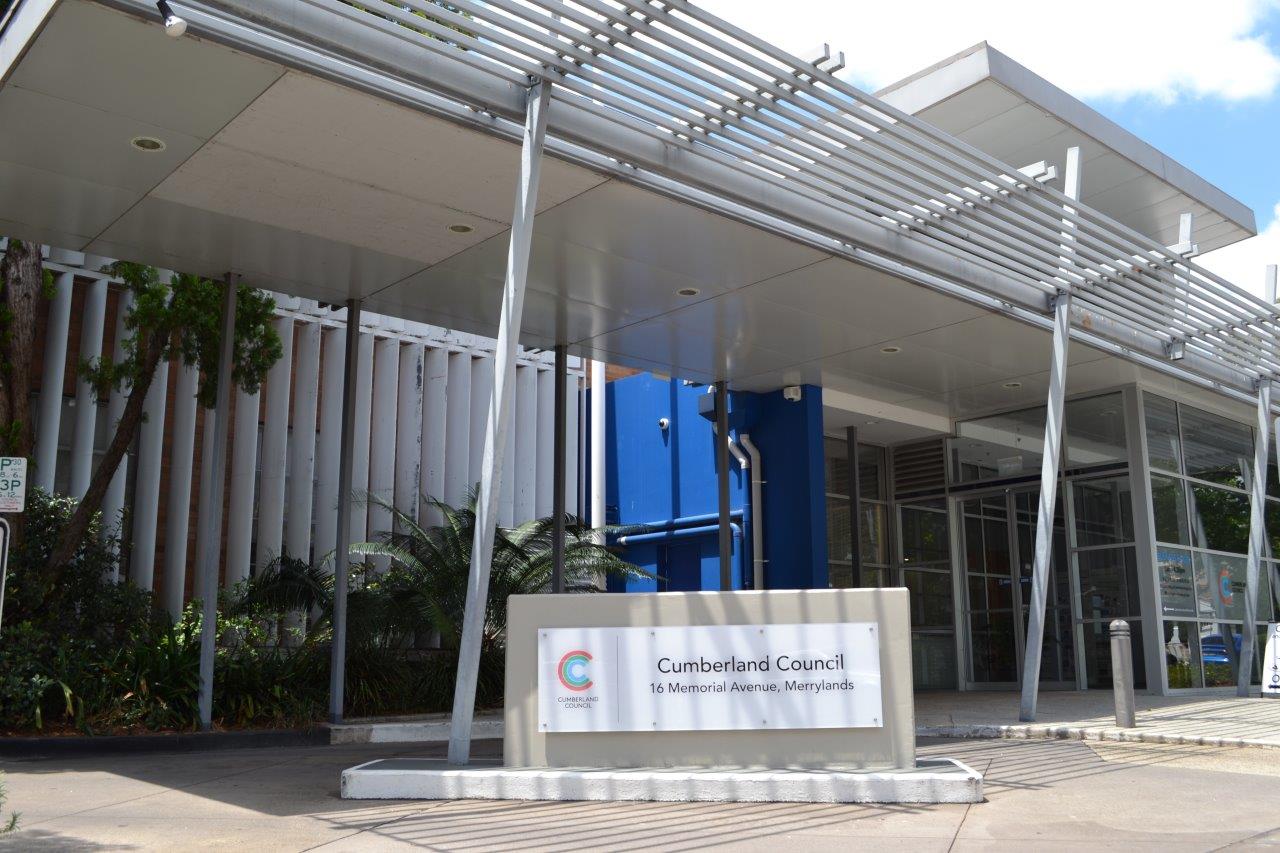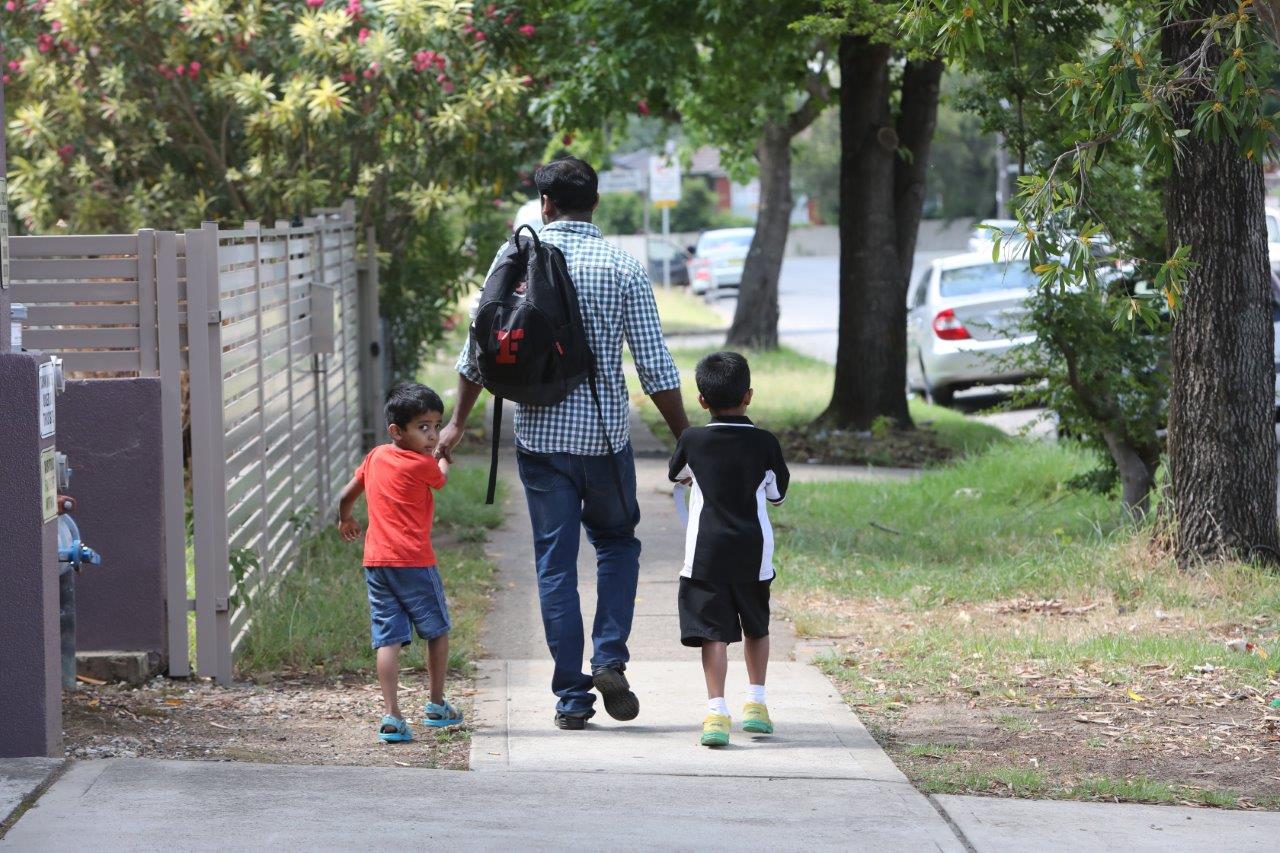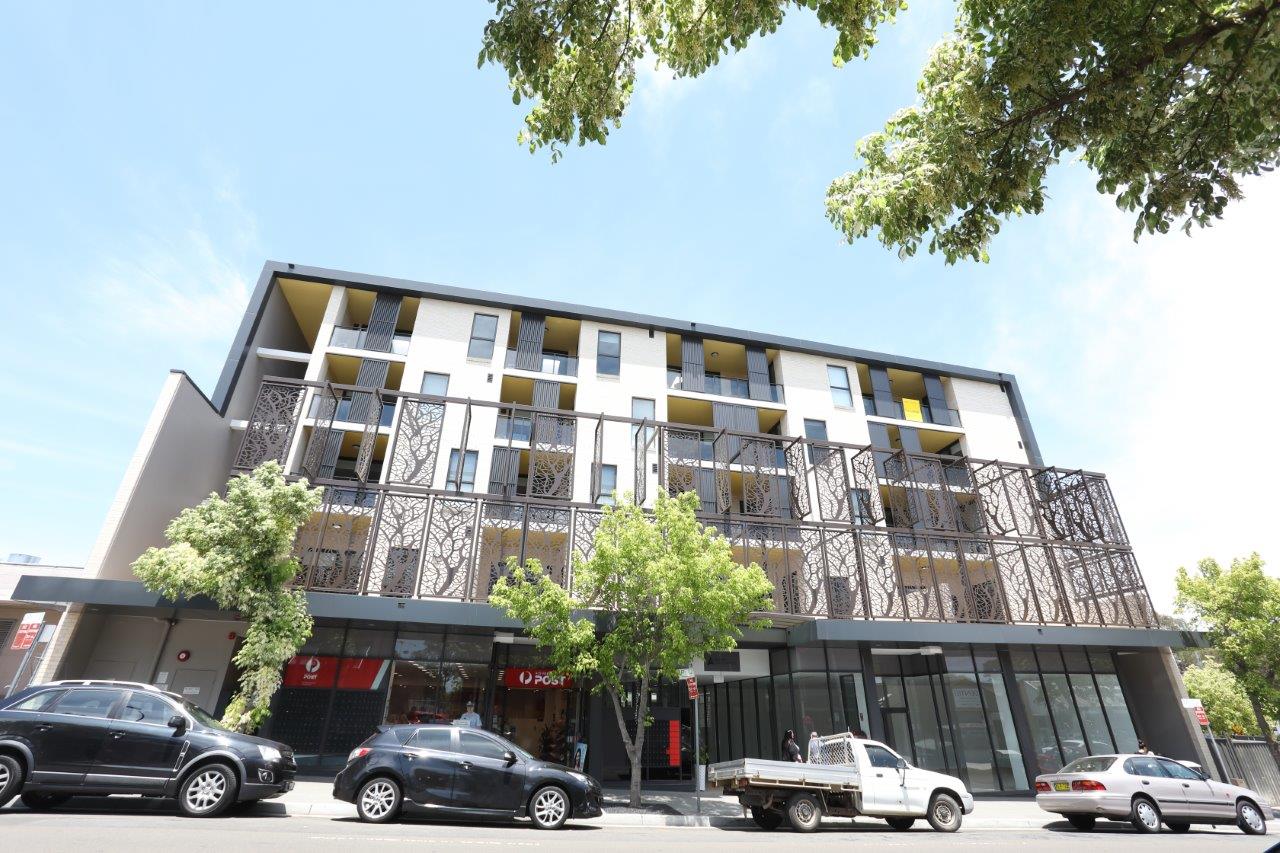8 June 2017 – Media Release
A new Disability Inclusion Action Plan (DIAP) has been adopted at Council’s June 7 meeting, which will provide a strategic framework for Council to address issues of accessibility and inclusion over the next four years.
The new DIAP is the result of a lengthy consultation process with people with disability, their carers, families, service providers and the general public.
Cumberland Council Interim General Manager Malcolm Ryan welcomed the plan, saying it would bring real improvements to people living with a disability and their carers.
“The Cumberland area has a proud history of addressing issues of accessibility and inclusion, with both the former Holroyd and Auburn Councils having robust disability plans,” Mr Ryan said.
“The new DIAP draws upon what was best in these old plans while going further to improve access to services, facilities and employment opportunities; create more liveable communities; and recognise the rights and contributions of people with disability.
“We want the Cumberland area to be a place where everyone can belong. The DIAP will ensure all our services and facilities are accessible, while working with the wider community to remove those obstacles people with disability face to community participation.
“Our next priority is to establish the Cumberland Access and Inclusion Panel to oversee the implementation of the Plan, and ensure ongoing community input and specialist advice to Council.
“At every stage of drafting the Plan, people with a disability, their carers and families have been involved. We will continue to make sure people with a disability are involved every step of the way.
“The adoption of the DIAP is an important step in making Cumberland a place where everyone can belong. However it is only a step.
“The real work happens now as we work within this policy framework to remove any of the barriers stopping people with a disability from fully accessing their local community.”








